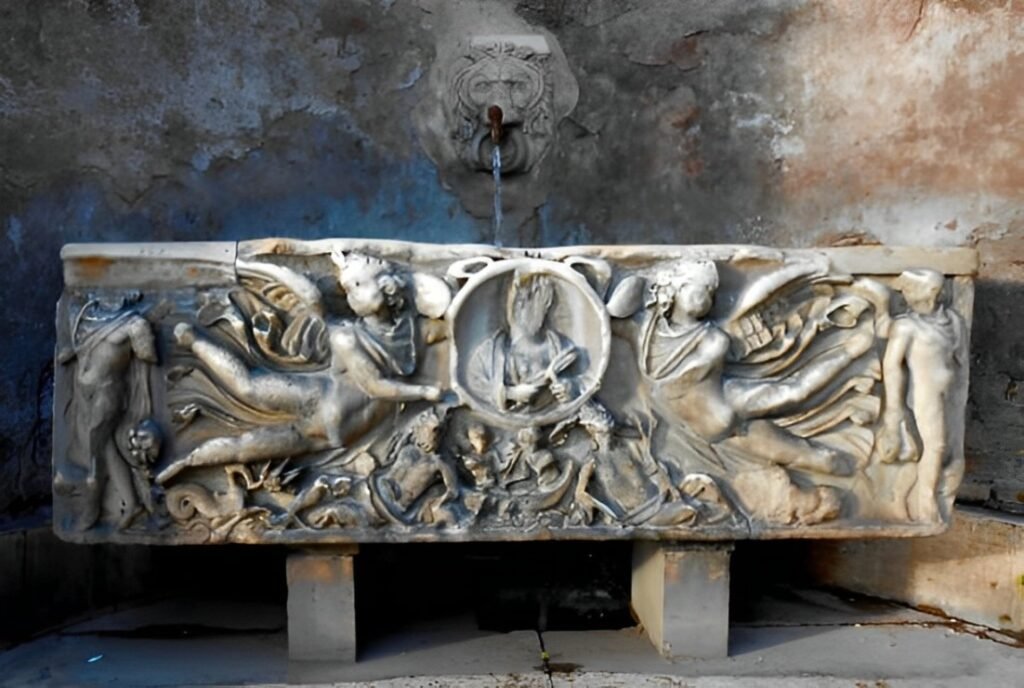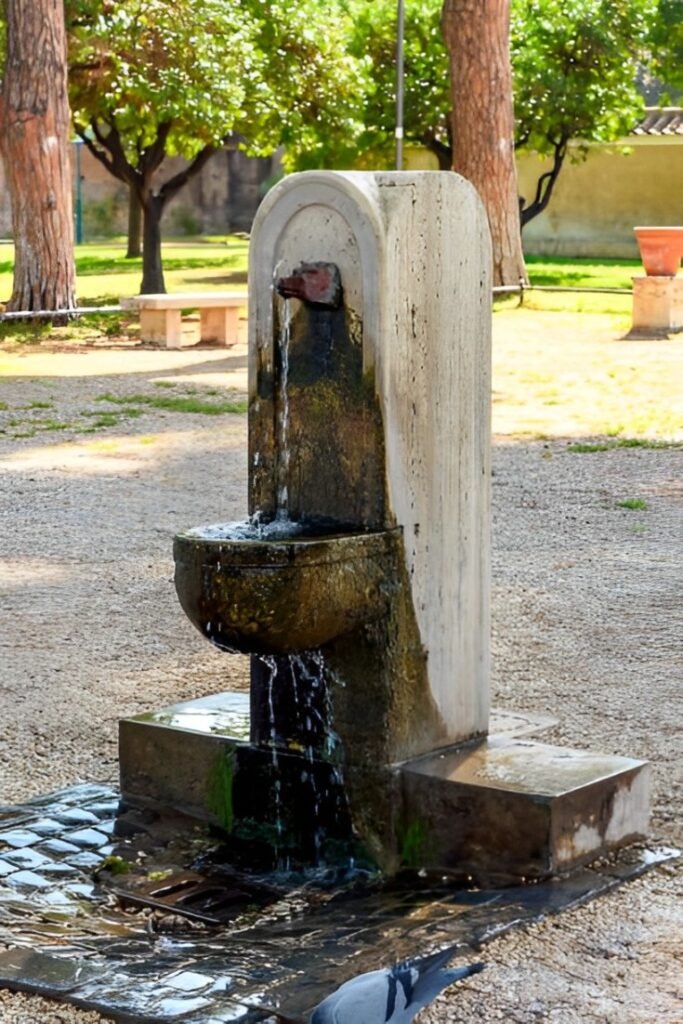Roman Fountains: A Guide to Nasoni, Rome’s Free, Tested Drinking Water
Rome, famously known as the queen of water, is a city where every fountain has a story to tell. With nearly 2,500 drinking fountains, called nasoni, Rome offers fresh, tested water completely free to locals and travelers. These roman fountains, from the world-renowned Fontana della Barcaccia water tested for safety to the vintage cast-iron nasoni on Rome’s streets, make exploring the city even more refreshing.
Why Are Rome’s Drinking Fountains Called Nasoni?
The term “nasoni” means “big noses,” a nickname inspired by the fountain’s curved metal spouts that resemble noses. This design keeps water flowing continuously, ensuring anyone can easily drink whenever they want. Each nasoni has its unique place in Rome’s history and architecture, adding charm to the city’s scenery and embodying the public spirit that Roman fountains are known for.
The History Behind Rome’s Roman Fountains
The story of Rome’s nasoni drinking fountains began in the early 1870s. These Roman fountains were introduced to ensure public access to clean, safe water as the city modernized. Originally, nearly 5,000 of these fountains were installed, making water available to everyone at no cost. Though the number has decreased over time, the remaining 2,500 nasoni remain an enduring symbol of Roman commitment to public welfare. Many of these fountains have been modified and maintained to meet modern standards, and their water is regularly tested to ensure quality.
Is It Safe to Drink from Rome’s Fountains?
Yes, it’s entirely safe! Rome’s nasoni provide water that is rigorously tested and monitored for safety. Notably, the Fontana della Barcaccia water tested for purity, offers visitors and residents peace of mind when filling up their bottles. The water at these Roman fountains is the same quality as what flows into local homes, meaning you can enjoy a refreshing, tested sip without any worries. Even during the 2017 drought, when some nasoni were temporarily slowed to conserve water, the fountains remained trusted sources for clean drinking water.
Iconic Roman Fountains in Rome to Visit
The nasoni provide both refreshment and a glimpse into Roman history. Here are five notable fountains worth visiting for both their beauty and historical value:
Fontana della Barcaccia – Spanish Steps
The Fontana della Barcaccia water tested and approved for safe drinking is a must-see at Piazza di Spagna. This Baroque fountain, designed in the shape of a half-sunken boat, combines artistry with functionality. Drinking from it allows you to take a sip of tested Roman history while enjoying the vibrant atmosphere of the Spanish Steps.

Fountain with Lion Face – Colosseum
Located near the famous Colosseum, this Roman fountain features a lion’s face and provides fresh, tested water. The lion symbolism ties back to Rome’s ancient roots, and it’s a perfect place to refill your bottle while marveling at one of Rome’s most iconic structures.

Cordonata Nasoni – Via della Cordonata II
This cast-iron fountain, one of Rome’s oldest nasoni, was first installed in 1870 and is still supplying free, tested water. The vintage style of this Roman fountain, combined with the safe drinking water it offers, gives you a tangible connection to Rome’s heritage.

She-Wolf Fountain – Garden of Orange Trees
This travertine fountain features Rome’s she-wolf symbol, honoring the city’s mythological founders, Romulus and Remus. The she-wolf sculpture makes this Roman fountain a symbol of resilience and history, while the tested water gives visitors a safe drink amidst the beauty of the Garden of Orange Trees.

Finding Tested Drinking Water Fountains in Rome
Rome’s nasoni fountains are scattered across the city, and with the help of a dedicated app, locating the nearest potable water source has never been easier. This app maps out every Fontana della Barcaccia water tested location and countless other Roman fountains, ensuring you’re never far from fresh, tested water. Whether you’re near the Vatican or wandering the historic districts, finding a nasoni with safe drinking water is as simple as checking your phone.
Legacy of Rome’s Tested Roman Fountains
Rome’s nasoni fountains aren’t just practical—they are enduring monuments to the city’s engineering prowess. One example is the fountain connected to Pope Sixtus V’s monumental aqueduct project, which brought water to the Quirinale and Viminale Hills. This Roman fountain, while no longer potable, showcases the Roman dedication to public welfare and citywide infrastructure. It stands as a reminder of the city’s ambition and foresight, marking an important chapter in Roman history.
So, the next time you’re in Rome, let the nasoni fountains guide you through the city’s rich history and culture. With each Fontana della Barcaccia water tested for safety, and countless Roman fountains offering fresh, free water, you’re not only tasting Rome’s heritage but also participating in a tradition that has shaped the city for centuries.






